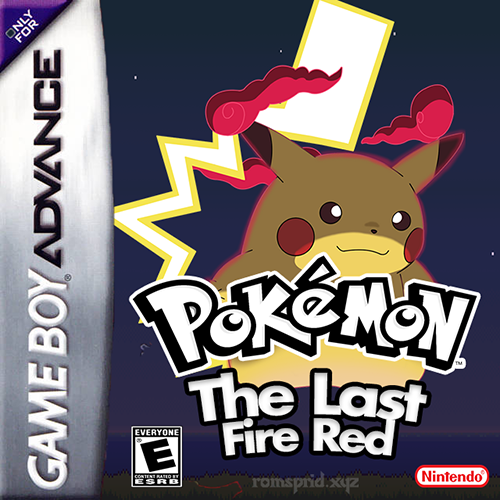

It then becomes clear that Mew was originally just a being who was never to be seen, its name only mentioned in the Pokémon Mansion Journals. Īll of this reveals that, in a rather ironic way, Mewtwo was originally conceived without Mew, with the latter actually being designed after the former. It was only later that Mew was discovered, and Morimoto was quite surprised to find out that this was the case, with Mew instantly becoming the source for a great many playground rumors. To do so, he namely overwrote the first empty index slot he found, resulting in Mew being found rather early in the internal index. What Morimoto did was when the game was just about to officially finish development, once the debug features were removed, he used what little space had been freed up to insert Mew. Indeed, Morimoto created everything there is about Mew, writing its Pokédex entry, choosing its cry, and even drawing its sprite (Ken Sugimori was originally asked to make it, but alas was too busy to do so). As it turns out, it was confirmed much later in an interview with senior Game Freak members that Mew was actually created in secret, and originally only found its way into the games for Morimoto and his developer friends to enjoy. Mew was solely designed by Shigeki Morimoto, who at the time was a programmer and monster designer for Pokémon Red and Green. Here we can confirm that it indeed had at least one horn, as well as other traits not mentioned in the interview, such a diamond pattern on its torso, as well as what are either spiky ears or spiky cheeks.
#Pokemon omega red grass pokemon code#
While not much was revealed about Gorochu's design, its backsprite was actually found among the leaked Pokémon Blue source code files, alongside other cut Pokémon. This cut evolution was to feature "fangs and even had a pair of horns", and according to Ken Sugimori was apparently cut not because of an unsatisfying design but rather due to game balancing issues.

#Pokemon omega red grass pokemon archive#
A scrapped Yuki Usagi-like Pokémon found in a leaked Pokémon sprite archive dating from 1998 may have also been yet another possible attempt at a revival.Īlso revealed in the aforementioned Yomimuri interview was the existence of an evolution for Raichu called ゴロチュウ ( Gorochū) after the Japanese onomatopoeia for rumbling thunder ("goro-goro") and the prefix "-chu" used for all the members of Pikachu's evolutionary line. Pikachu would also get a minor design change regarding its original redesign, with early artwork from 19 depicting Pikachu with a white belly, something which was only ever seen in-game with Pikachu's Red and Green and Blue front sprites, and was then promptly ditched in favor of a smooth yellow belly.Īlso worth noting is Pichu's early design from the Space World 1997 demo of Pokémon Gold and Silver, which could possibly have been an attempt at reworking Pikachu's original design. While most of Pikachu's trademark traits like its cheeks and yellow fur were only added in the redesign phase, according to Nishida, Pikachu's black-tipped ears were already part of the original Daifuku design.

Indeed, Nishida had been simply been tasked with creating "an electric-type ", and as such she basically came up with a design, then the name "Pikachu", and once that was done she worked on refining the design until it became the one we all know and own merchandise of today. In said interview, Atsuko Nishida, the illustrator who designed Pikachu, revealed that the iconic Pokémon started out as a completely different creature more akin to a "Yuki Usagi" (a daifuku baked in the shape of a rabbit). On May 2 2018, Japanese newspaper Yomiuri held an interview with senior Pokémon illustrators Ken Sugimori, Atsuko Nishida, and Koji Nishino. This is the first public release of Blue in Japan.


 0 kommentar(er)
0 kommentar(er)
